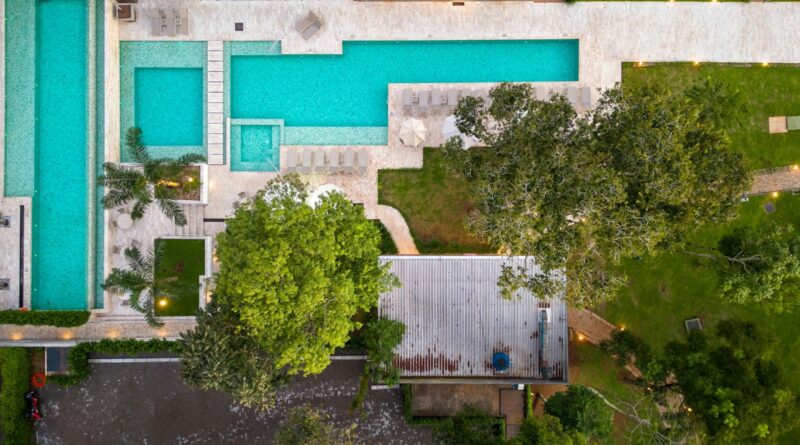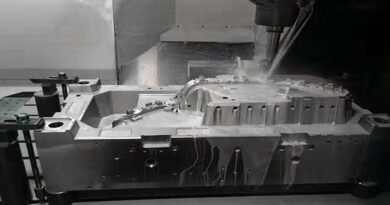What to Expect During the Construction Pool Process
There are plenty of exciting investments you can add to enhance your outdoor space. One of them is definitely a swimming pool. This investment won’t just enhance the space, but it will also provide endless relaxation and entertainment.
Although it’s a valuable thing to have in your yard, the pool construction process can involve multiple steps that require careful planning and patience. Knowing what to expect during the construction pool process can help you prepare and ensure a smooth experience from start to finish.
Initial Consultation and Design Planning
The first step in the pool construction process is initial consultation. The process begins with an informative conversation with a pool contractor. During this phase, you’ll discuss your vision, budget, and preferred pool features.
The contractor will assess your property, considering factors like available space, ground conditions, and local building codes. You’ll then work with the designer to create a blueprint that meets your needs, including pool shape, size, depth, and additional features like waterfalls or lighting.
Obtaining Permits and Approvals
After the design of the pool is finalized, your contractor will submit the necessary applications to obtain building permits. This step ensures your pool complies with local zoning laws, safety regulations, and environmental requirements.
Depending on your location, obtaining approvals may take a few weeks. Homeowners’ associations may also need to review and approve the design before construction can proceed.
Excavation and Site Preparation
Once you get all the necessary permits, you can move on to the step number three. This next step is excavation. Here, heavy machinery is used to dig out the area where the pool will be installed.
The excavation process typically takes a few days but may extend depending on weather conditions, soil type, and potential obstacles like large rocks or tree roots. Once excavation is complete, the site is prepared by levelling and reinforcing the ground.
Pool Framework and Plumbing Installation
As soon as excavation is finished, it’s time to install the pool’s structural framework. This step will vary depending on the material you choose. For instance, for concrete pools, a steel rebar framework is placed to provide reinforcement.
On the other hand, if you’re installing a fiberglass or vinyl liner pool, the shell or liner is positioned accordingly. Simultaneously, plumbing lines for water circulation, drainage, and filtration systems are laid out to ensure efficient functionality.
Electrical Work and Equipment Setup
The next step in pool construction process refers to electrical work. Here, essential pool equipment should be installed. This refers to pumps, heaters, lighting, and filtration systems.
Let a licensed electrician ensure that connections meet safety standards and function efficiently. If you plan to include automation features such as remote-controlled lighting or heating, they are integrated at this stage.
Pool Shell Installation and Surfacing
With the help of experienced pool builders in Wahroonga, you could quickly move to the next step. Again, depending on the pool you’re constructing, this next step could vary. For concrete pools, gunite or shotcrete is applied to form the pool shell, which then requires several days to cure.
Fiberglass pools have pre-manufactured shells that are carefully placed into the excavation site. Once the pool shell is secure, interior surfacing is completed, using materials such as plaster, tile, or pebble finishes to give the pool its final look.
Decking, Landscaping and Water Filling
As soon as the pool is structurally complete, you can focus on the surrounding area too. You can get creative with decking, patios, and walkways. Landscaping elements such as plants, outdoor lighting, and fencing may also be added to create a finished and cohesive outdoor environment. This helps blend the pool seamlessly with your backyard.
After construction is finalized, the pool is filled with water. Once filled, the contractor will test and balance the water chemistry, adjusting pH, chlorine, and alkalinity levels for safe swimming. Proper chemical treatment prevents algae growth and ensures water clarity.
Final Inspection and Handover
Before you start enjoying your new pool, it’s essential to conduct some final inspections. This way, you’ll be sure that your pool meets safety regulations and operational standards. The contractor will guide you through proper pool maintenance, equipment operation, and essential care tips.
Conclusion
With all steps completed, you’re finally ready to enjoy your pool! Whether you’re hosting pool parties, relaxing on hot days, or using it for fitness, a well-built pool adds significant value to your home and lifestyle. Regular maintenance, including cleaning, chemical checks, and filter changes, will keep your pool in top condition for years to come.
Also, visit: company incorporation




